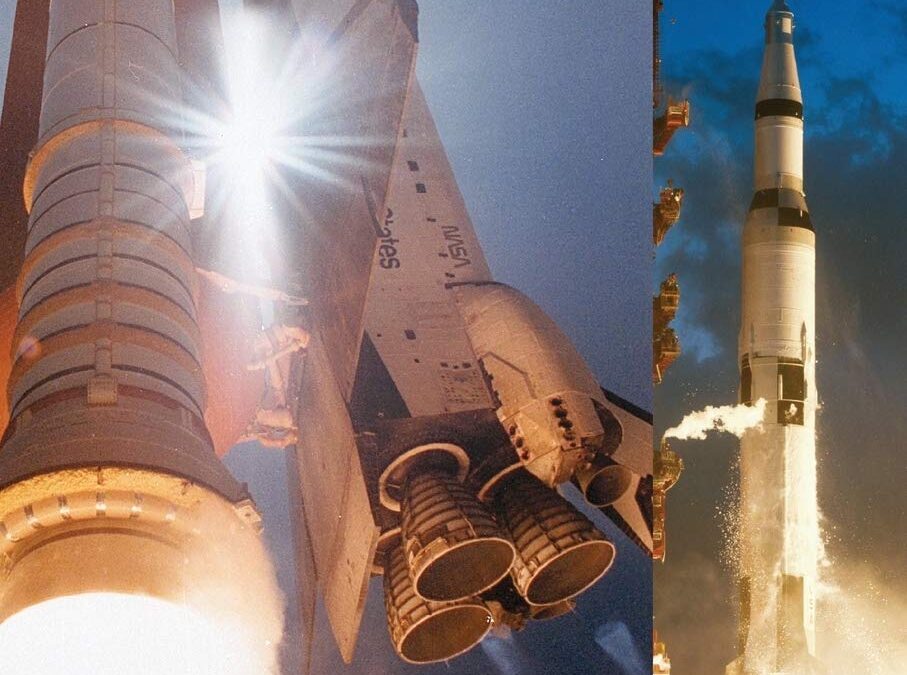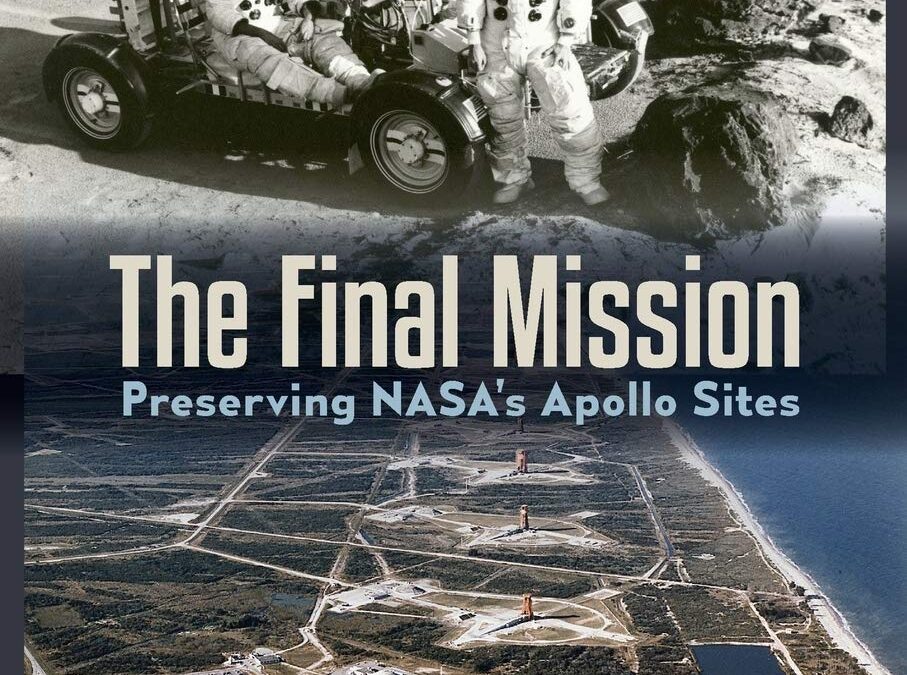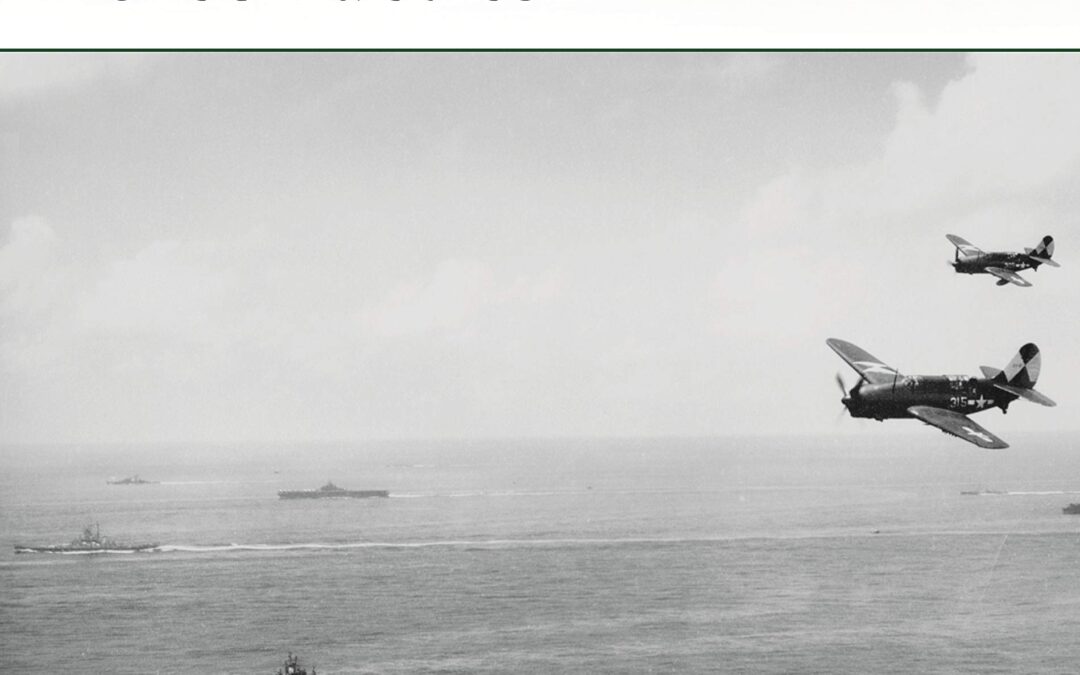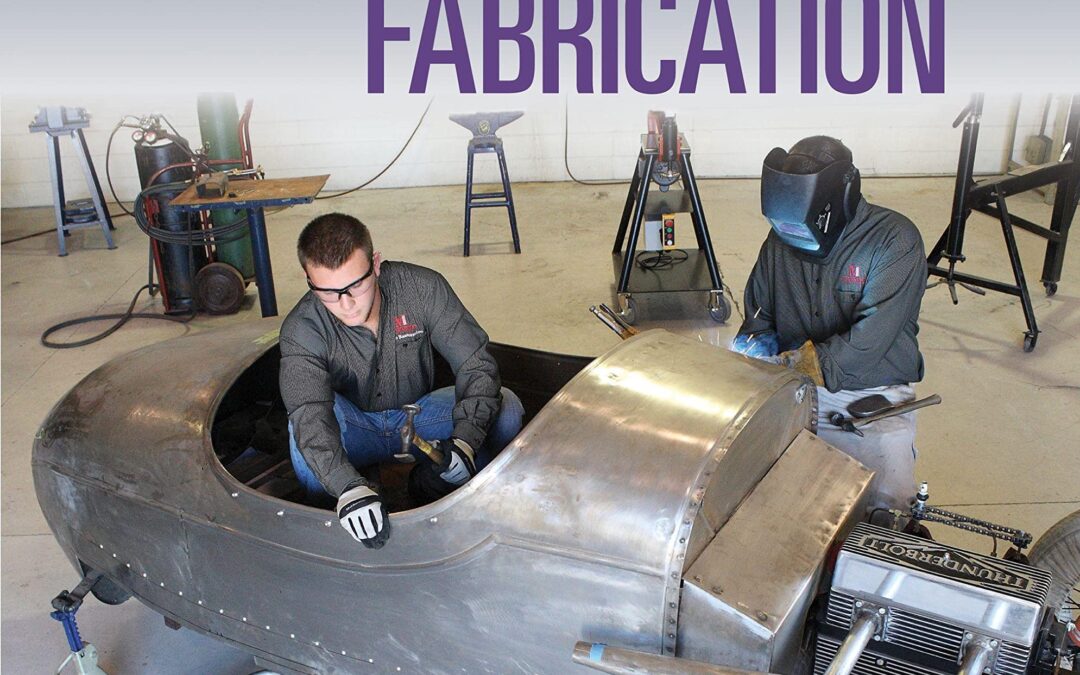
This first comprehensive history of the Kennedy Space Center, NASA’s famous launch facility located at Cape Canaveral, Florida, reveals the vital but largely unknown work that takes place before the rocket is lit. Though the famous Vehicle Assembly Building and launch pads dominate the flat Florida landscape at Cape Canaveral and attract 1.5 million people each year to its visitor complex, few members of the public are privy to what goes on there beyond the final outcome of the flaring rocket as it lifts into space. With unprecedented access to a wide variety of sources, including the KSC archives, other NASA centers, the National Archives, and individual and group interviews and collections, Lipartito and Butler explore how the methods and technology for preparing, testing, and launching spacecraft have evolved over the last 45 years. Their story includes the Mercury and Gemini missions, the Apollo lunar program, the Space Shuttle, scientific missions and robotic spacecraft, and the International Space Station, as well as the tragic accidents of Challenger and Columbia. Throughout, the authors reveal the unique culture of the people who work at KSC and make Kennedy distinct from other parts of NASA.
As Lipartito and Butler show, big NASA projects, notably the Space Shuttle and the International Space Station, had much to learn on the ground before they made it to space. Long before a spacecraft started its ascent, crucial work had been done, work that combined the muscular and mundane with the high tech and applied the vital skills and knowledge of the men and women of KSC to the design of vehicles and missions. The authors challenge notions that successful innovation was simply the result of good design alone and argue that, with large technical systems, real world experience actually made the difference between bold projects that failed and innovations that stayed within budget and produced consistent results. The authors pay particular attention to “operational knowledge” developed by KSC–the insights that came from using and operating complex technology. This work makes it abundantly clear that the processes performed by ground operations are absolutely vital to success.

The world will always remember Neil Armstrong and Buzz Aldrin for their first steps on the moon, yet few today hold in respect the sites that made these and other astronauts’ journeys possible. Across the American landscape and on the lunar surface, many facilities and landing sites linked to the Apollo program remain unprotected. Some have already crumbled to ruins–silent and abandoned. The Final Mission explores these key locations, reframes the footprints and items left on the moon as cultural resources, and calls for the urgent preservation of this space heritage.
Beginning with the initiation of the space race, the authors trace the history of research, training, and manufacturing centers that contributed to lunar exploration. From the early rocket test stands of Robert H. Goddard, to astronaut instruction at Meteor Crater, to human and primate experiments at Holloman Air Force Base, innumerable places proved critical to developing the equipment for exploring space, surviving the journey, and returning to Earth safely. Despite their significance to the history of human spaceflight, many landmarks face the threat of damage or destruction. Most alarming is that the rapid advancement of technology renders stations obsolete long before they are deemed worthy of preservation. Moreover, the lack of precedence for protecting off-planet artifacts poses a unique challenge for space archaeology. While NASA’s 2011 recommendations for spacefarers suggest avoiding close proximity to this cultural landscape, the authors advocate stronger routes of preservation and present models for safeguarding space history–both on Earth’s surface and beyond.

A succinct but detailed illustrated explanation of the techniques by which the ships and aircraft of the US Fast Carrier Task Forces achieved their victories over the Imperial Japanese Navy.
Drawing on difficult-to-access wartime documents and other contemporary sources, this is the first compact, illustrated study of the tactics and techniques of the US fast carriers of Task Forces 50, 58 and 38 during the naval war against Japan in 1943–45.
This title concentrates on exactly how these highly successful forces actually operated: their composition in ships, aircraft, and men; the essential technology at their disposal; the evolving doctrine for their employment; the opposition and dangers they faced; and how they overcame them at the tactical level. It explains in straightforward terms the intricate details of topics such as how ships maneuvered, how aircraft were deployed and recovered, the formations and approaches used by fighters, dive-bombers, and torpedo-bombers against naval and land targets, and how Task Forces defended themselves. The text is supported by a wide range of wartime photos and full-color illustrations, showing, for example, the formations employed by ships and aircraft, with altitudes and ranges throughout the course of attacks.

Discover the world of TIG Welding.
This book is aimed at people new to TIG welding mostly learning for their own uses and those who have been away from it for quite some time and are looking to get back into it. Learning TIG may seem quite intimidating or if your not getting the results your looking for in your welds this book can help you get into this Fabrication method & guide you in the direction of Mastery. The book is setup in a need to know format and a first pass read takes about an hour or two in total. While you can hunt down and gather this info for free from other sources across the vast ocean known as the Internet as I did in the Beginning your looking at a 10 – 100X investment of your time with a good amount of confusion and potential to head down the wrong path. So in the end what’s your time worth? Success leaves clues, this book can be your map along the Journey.
If your going to Tech school / college to become a professional Welder this book may be of some assistance as an extra boost however most of this material will be covered in your course & lab work, just strung out over months.
If your an existing professional TIG welder already with Lincoln Electric or Miller tattoos on you biceps, flaming skull Welding helmet to match & a “TIG Life” bumper sticker on your Hot Rod I admire your skills and dedication but this book would be to elementary for someone of your skill level. .
Their are many kinds of Structures where TIG Welding is the most ideal Fabrication method, these include:
Custom Car Frames
Airplane Fuselages
Engine Mounts
Exhaust Systems
Motorcycle Frames
Bicycle Frame
Off Road Buggy Frames
Metal Part Repair
Metal Sculpture Art
Tooling & Shop Equipment
In this book you will learn about:
Shop Safety
The different types of TIG welder machine technology
Equipment Selection
Where to Spend & Where to Save
Material Prep
Setups
Detailed TIG welding methods
and much much more.
Order this Book Today & Get Started on your Journey

Gabriel Voisin, Henry Farman and the World’s First Practical Aeroplane
This is the story of an unjustly neglected landmark in the history of technology: the first comprehensive account of the genesis and evolution of the Voisin biplane with which Henry Farman proved to Europe at least that heavier-than-air flight was a practical proposition, and which has been eclipsed in the popular imagination by the Wright brothers’ 1903 breakthrough at Kill Devil Hills.
As well as chronicling the intense rivalry between the Old World and the New, it explores the technical background of Farman’s Voisin and charts its wider social and cultural impact in the US and Europe while illuminating the intelligence, ingenuity and indomitable spirit of the characters involved.
Relying on primary sources wherever possible, lavishly illustrated by contemporary photographs and with short biographies of all of the main protagonists, it unravels a complex tale of intrigue, daring innovation, personal courage and dogged determination in a world of doers, dilettantes and daredevils, where autodidacts mixed with aristocrats and theories with inspired pragmatists.
They emerge as a colorful bunch of fierce individualists competing against each other and their transatlantic rivals to realise an ambition which was rightly hailed as the dawn of a new era. As such, their achievements merit celebration alongside the other epoch-defining beacons of Modernism that shown from Paris in the first years of the last century.

Professional Sheet Metal Fabrication is the number-one resource for sheet metal workers old and new.
Join veteran metalworker Ed Barr as he walks you through the ins and outs of planning a sheet metal project, acquiring the necessary tools and resources, doing the work, and adding the perfect finishing touches for a seamless final product.
From his workshop at McPherson College-home of the only accredited four-year degree in automotive restoration technology-Barr not only demonstrates how the latest tools and products work, but also explains why sheet metal reacts the way it does to a wide variety of processes. He includes clear directions for shaping metal using hand tools, the English Wheel, the pneumatic planishing hammer, and other machines, and discusses a variety of ways to cut and join metal through welding, soldering, brazing, and riveting.
Dent repair and automotive patch panel fabrication are covered in detail. Readers are also given tips on copying shapes and building foam, wire, and wood station bucks to use as guides during shaping. This is truly the most detailed enthusiast-focused sheet metal how-to book on the market. Whether you’re a metal hobbyist or experienced professional, you’re sure to find something new in Professional Sheet Metal Fabrication.








